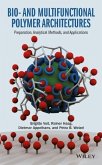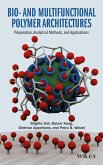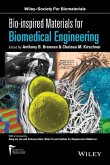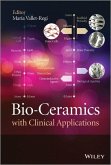
Gebundenes Buch
Preparation, Analytical Methods, and Applications
1. Auflage
25. April 2016
Wiley & Sons
1W118158910
| eBook, ePUB | 153,99 € | |
| eBook, PDF | 153,99 € |

eBook, ePUB
9. März 2016
John Wiley & Sons
eBook, PDF
1. Juli 2003
Springer Berlin Heidelberg
| Broschiertes Buch | 161,99 € | |
| Gebundenes Buch | 166,99 € |
eBook, PDF
14. Oktober 2006
Springer Berlin Heidelberg
| Broschiertes Buch | 53,99 € | |
| Gebundenes Buch | 73,99 € | |
| eBook, PDF | ab 53,95 € |
eBook, PDF
13. Dezember 2012
Springer Berlin Heidelberg
Ähnliche Artikel



Gebundenes Buch
1. Auflage
29. Juni 2021
Wiley & Sons / Wiley-Scrivener
1W119710150


Gebundenes Buch
1. Auflage
14. April 2014
Wiley & Sons

Gebundenes Buch
A Materials Science and Engineering Perspective
1. Auflage
27. Januar 2015
Wiley & Sons
1W118299970



Ähnlichkeitssuche: Fact®Finder von OMIKRON
